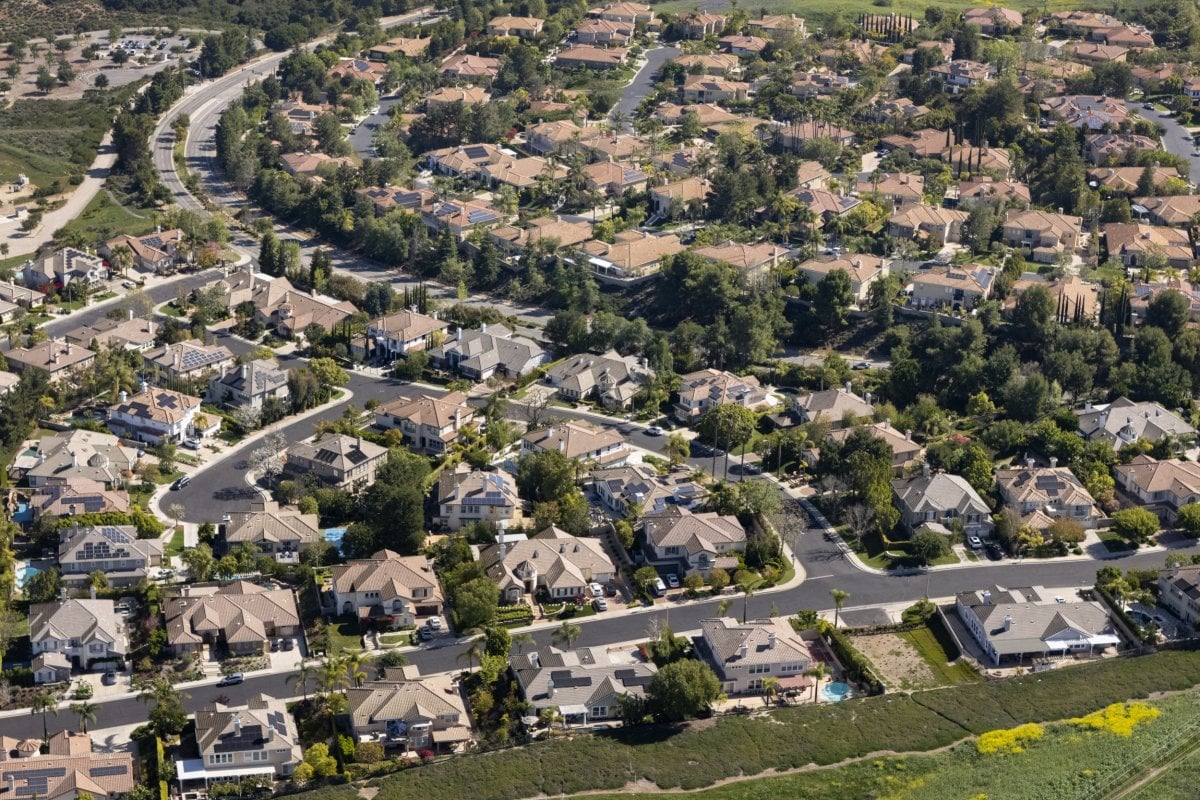On September 19, 2024, the Federal Reserve announced a half-percentage-point cut in interest rates, marking a significant development for the commercial real estate market. Historically, the impact of such rate cuts has been felt over several years, with sales volume and property prices gradually increasing. The current cut leaves industry professionals wondering: how long will it take for market conditions to improve?
The relationship between interest rates and commercial property is well documented. Typically, commercial properties are financed with loans maturing in 10 years, and the majority of loans taken out between 2014 and mid-2022 carried interest rates below 2.5%. Today, rates have nearly doubled, and as of August 2024, the average interest rate on commercial real estate loans sits at 6.2%, compared to the 4.3% rate on maturing loans.
While the Federal Reserve’s cut is welcome news, it is unlikely that interest rates will return to pre-pandemic levels soon. According to S&P Global, any changes will likely be modest. However, as history shows, the effects of such cuts are not immediate. Below, we examine six key charts to understand how previous rate reductions impacted commercial property.
1. Sales Volume
Commercial real estate sales tend to increase only after a lag following interest rate cuts. For example, sales volume peaked in Q4 2021, when the federal funds rate was 0.08%. But as rates rose, sales volumes began to drop, only to rebound several quarters after rates fell again. If history repeats, it may take until the end of 2025 or 2026 before sales see a significant boost.
2. Property Prices
It typically takes about 4-5 years after a peak in interest rates for property prices to rise again. CoStar data shows that the last time rates exceeded 5%, property prices started to recover after several years of declines. As rates fall, expect a similar delayed recovery in the commercial real estate market.
3. Capitalization Rates
Cap rates, a crucial real estate valuation metric, tend to increase alongside interest rates. After rates start to drop, cap rates begin to fall about five quarters later. A lower cap rate often signals a less risky investment, so the market could see improvements as rates continue to decline.
4. Distressed Sales
Rising interest rates lead to an increase in distressed property sales. According to CoStar data, distressed sales began climbing roughly three years after the federal funds rate exceeded 2.5%. While the pandemic accelerated this trend, we may see further distress if rates remain high for an extended period.
5. Mortgage Delinquencies
Commercial mortgage-backed security (CMBS) delinquencies also track closely with interest rate trends. After the Federal Reserve raised rates in early 2022, CMBS delinquencies began to rise once again. While the full impact of these rate increases is still unfolding, analysts predict a steady increase in delinquencies through 2025.
6. Vacancy Rates
Vacancy rates in office, retail, industrial, and multifamily sectors tend to peak several years after interest rates climb. The most recent data shows office vacancies reacting quickly to interest rate changes, with rates expected to stabilize or decline as borrowing costs ease.
While the full effects of the recent rate cut will take time to materialize, the commercial real estate market may finally see light at the end of the tunnel. Investors and professionals will be watching closely as borrowing costs gradually decrease, potentially unlocking new opportunities for growth.
Sources: Heschmeyer, M., & Leipzig, P. (2024, September 19). How did past interest rate cuts affect commercial property? Check out these six charts. CoStar News.




